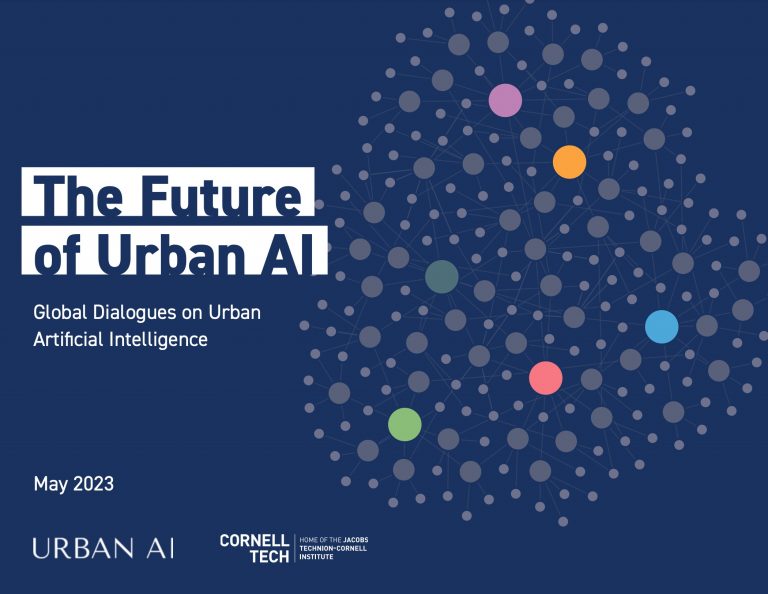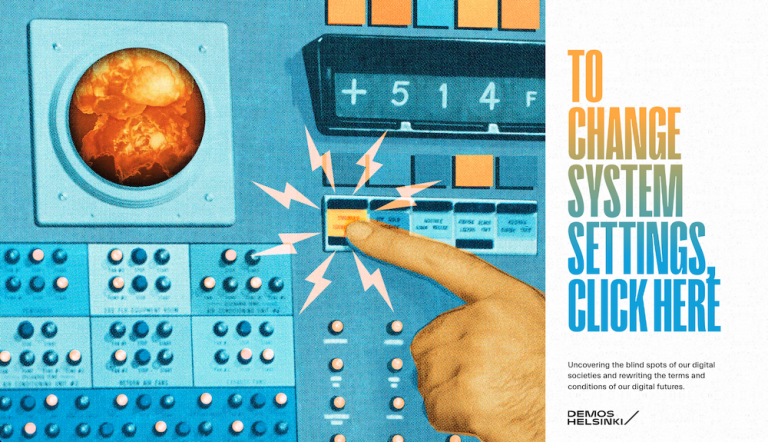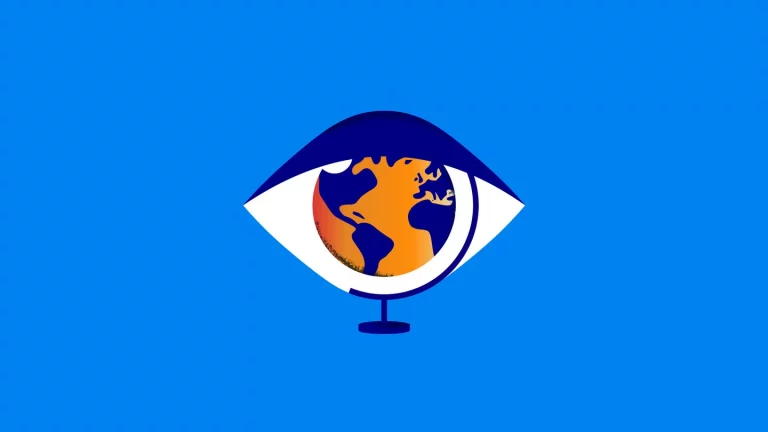The vision deficit
 The shape of things to come has never been so inadequately imagined. Peter Lunenfeld suggests that designers can overcome the vision deficit by taking on the future as a client, in an article published on Adobe Design Center’s Think Tank, a series of in-depth articles that examines the sometimes tense but always intimate relationship between design and technology.
The shape of things to come has never been so inadequately imagined. Peter Lunenfeld suggests that designers can overcome the vision deficit by taking on the future as a client, in an article published on Adobe Design Center’s Think Tank, a series of in-depth articles that examines the sometimes tense but always intimate relationship between design and technology.
“In a global economy, when the nationalist impulse is either outmoded or suspect, I propose a new mode of design education, one that can in fact be carried over into designers’ professionals practices. Why not posit the future itself as one of the designer’s chief clients? More than that, why not pick a better future as that client?
Let’s think of the future as either a pro-bono client or a partner in an entrepreneurial enterprise. Both of these strategies take payment, or even profit, off the table at least for the time being. Taking the future as a client also gives the designer a certain space to breathe. The future is one client that can legitimately claim the right to all of the designer’s time and creativity.
All well and good you might say, but how can we adopt the future as a client, what methods are available to us? One that I have been exploring is scenario planning, or, as I’ll explain later, the development of bespoke futures. […]
I’m interested in taking this corporate scenario planning and subverting its methodologies, audiences, and outcomes, creating what I call bespoke future.”
A professor in the graduate Media Design Program at Art Center College of Design, Peter Lunenfeld writes about design, art, film, and the broader culture in an era of computational ubiquity, studies that fall under the emerging rubric of Digital Humanities. His books include The Digital Dialectic, Snap to Grid, and USER: InfoTechnoDemo. His forthcoming book is The War Between Downloading and Uploading: How the Computer Became Our Culture Machine. He is the editorial director of the award-winning Mediawork series for the MIT Press.



